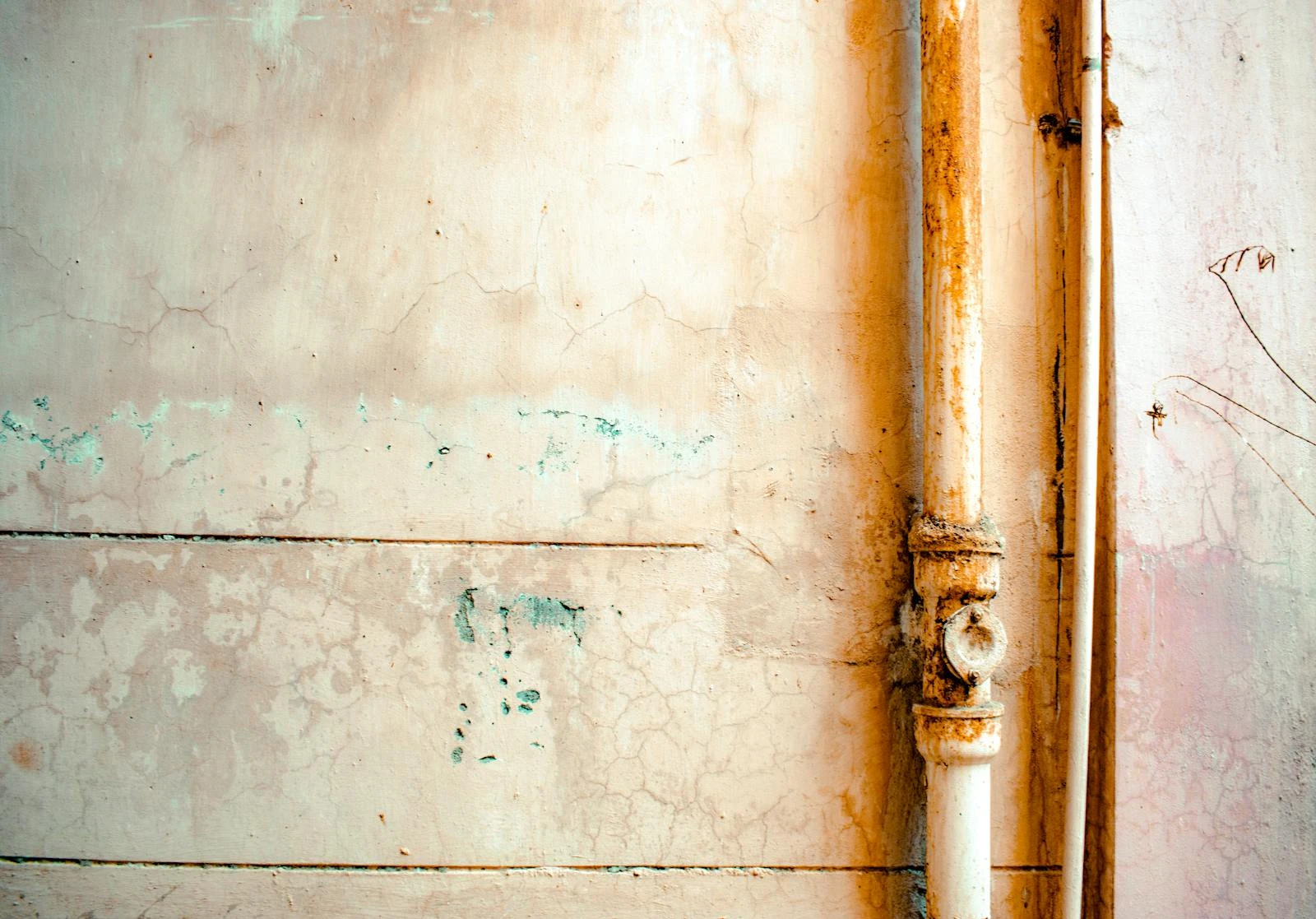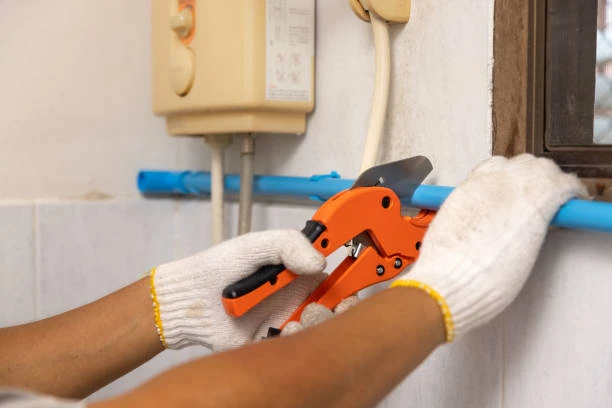Introduce PPR Pipe
In the world of modern plumbing, the choice of materials plays a crucial role in ensuring durability, efficiency, and reliability. Among these materials, PPR (Polypropylene Random Copolymer) pipes and fittings have gained significant popularity due to their unique properties and advantages. This article delves into the benefits and applications of PPR Pipe fittings, highlighting why they are a preferred choice in contemporary plumbing systems.
Understanding PPR Pipe and Fittings
What Are PPR Pipes?
PPR pipes are made from polypropylene, a thermoplastic polymer known for its strength, flexibility, and resistance to chemical corrosion. These pipes are particularly valued for their ability to transport both hot and cold water, making them suitable for a wide range of applications.
What Are PPR Pipe Fittings?
PPR pipe fittings are components use to connect different sections of PPR pipes or to connect pipes to appliances and fixtures. These fittings come in various shapes and sizes, including elbows, tees, reducers, and couplings, enabling a versatile and effective plumbing system.
Key Benefits of PPR Pipe Fittings
1. Durability and Longevity
PPR pipe fittings are designe to withstand high pressures and temperatures, making them incredibly durable. Their lifespan often exceeds 50 years, making them a cost-effective choice for plumbing systems. The robust nature of PPR means that these fittings can handle both residential and industrial applications without risk of failure.
2. Corrosion Resistance
One of the standout features of PPR pipe fittings is their resistance to corrosion. Unlike metal fittings, which can rust and degrade over time, PPR fittings remain unaffected by water and chemicals. This property ensures that the plumbing system remains intact and functional, reducing maintenance costs.
3. Lightweight and Easy to Handle
PPR pipe fittings are significantly lighter than metal alternatives. This makes transportation, installation, and handling easier for plumbers, ultimately speeding up the installation process and reducing labor costs. The lightweight nature also lessens the strain on structural supports in plumbing systems.
4. Low Thermal Conductivity
PPR fittings have low thermal conductivity, which means they can maintain the temperature of the fluid inside the pipes. This characteristic is particularly beneficial for hot water systems, as it minimizes heat loss during transport. This efficiency can lead to energy savings in both residential and commercial applications.
5. Chemical Resistance
PPR pipe fittings can resist a wide range of chemicals, including acids, alkalis, and salts. This chemical resistance makes them suitable for various applications, from drinking water systems to industrial processes where harsh chemicals are involve.
6. Ease of Installation
PPR fittings can be easily installed using heat fusion techniques, which create strong and leak-proof joints. This method is simple and does not require any special tools or adhesives, streamlining the installation process and ensuring reliability.
7. Environmentally Friendly
PPR is a recyclable material, which makes it an environmentally friendly choice for plumbing applications. As sustainability becomes increasingly important, using PPR pipe fittings contributes to a greener plumbing solution.

Applications of PPR Pipe Fittings
1. Residential Plumbing
In residential plumbing systems, PPR pipe fittings are commonly used for:
- Hot and Cold Water Supply: PPR fittings efficiently transport hot and cold water throughout a home, connecting various fixtures and appliances.
- Heating Systems: They are also used in underfloor heating systems, where their thermal properties help maintain warmth.
2. Commercial Plumbing
In commercial settings, PPR pipe fittings are employed for:
- Large Water Distribution Systems: PPR is ideal for large-scale applications, such as hospitals and schools, where reliable water supply is essential.
- Chemical Transport: Many businesses use PPR fittings to safely transport chemicals due to their corrosion resistance.
3. Industrial Applications
PPR pipe fittings are well-suited for industrial applications that involve:
- Food Processing: The chemical resistance of PPR makes it safe for transporting food and beverages, adhering to health regulations.
- Waste Management: They can also be used in waste management systems, where their durability ensures long-lasting performance.
4. Irrigation Systems
In agricultural applications, PPR pipe fittings are used in irrigation systems. Their ability to withstand harsh conditions and chemicals makes them suitable for transporting water efficiently in farming operations.
5. Fire Fighting Systems
PPR fittings are increasingly being used in fire fighting systems, where reliable and durable piping is crucial. Their high-pressure tolerance and resistance to corrosion ensure that these systems remain functional when needed most.
Installation Guidelines for PPR Pipe Fittings
1. Preparation
Before installation, ensure that all necessary materials, including PPR pipes and fittings, are available. The work area should be clean and free from debris.
2. Cutting the Pipes
Use a dedicated pipe cutter or saw to cut the PPR pipes to the required lengths. Ensure that cuts are clean to promote better joint integrity.
3. Heating the Fittings
To join PPR fittings to pipes, heat both the pipe end and the fitting using a heat fusion machine. This process requires precise temperature control to ensure proper fusion.
4. Joining the Fittings
After heating, quickly insert the pipe into the fitting while ensuring proper alignment. Hold in place until cooled to form a solid, leak-proof bond.
5. Testing the System
Once the installation is complete, conduct a pressure test to ensure there are no leaks. This step is critical to confirm that the system is ready for operation.
Maintenance of PPR Pipe Fittings
PPR pipe fittings generally require minimal maintenance due to their durable nature. However, regular inspections should be performed to identify any signs of wear or damage. Ensure that the fittings remain clean and free from blockages, especially in systems involving food transport.
1. Regular Inspections
Conduct periodic inspections of the piping system to ensure that all joints are intact and functioning correctly.
2. Cleaning
If the system involves transporting chemicals or food products, regular cleaning is essential to maintain quality and safety.
3. Immediate Repairs
Address any leaks or damages promptly to prevent more significant issues. Given the ease of repairing PPR fittings using heat fusion, maintenance can be conducted efficiently.
Conclusion PPR Pipe
PPR pipe fittings have revolutionized modern plumbing systems with their numerous benefits and versatile applications. Their durability, corrosion resistance, and ease of installation make them an ideal choice for various settings, from residential homes to industrial facilities. As the plumbing industry continues to evolve, PPR fittings stand out as a reliable and environmentally friendly solution for today’s challenges.
By choosing PPR pipe fittings, plumbers and builders can ensure a robust and efficient plumbing system that meets the needs of contemporary society. As technology advances, the adoption of PPR fittings is expected to grow, further solidifying their place in the future of plumbing.
FAQs PPR Pipe
- What are the main advantages of PPR pipe fittings?
PPR pipes fittings are durable, corrosion-resistant, lightweight, and easy to install, making them ideal for various plumbing applications. - Where are PPR pipes fittings commonly used?
They are used in residential plumbing, commercial plumbing, industrial applications, irrigation systems, and fire fighting systems. - How are PPR pipes fittings joined together?
PPR fittings are joined using heat fusion techniques, creating strong, leak-proof joints without the need for adhesives. - What maintenance do PPR pipes fittings require?
PPR fittings require minimal maintenance, but regular inspections and cleaning are recommended to ensure optimal performance. - Are PPR pipes environmentally friendly?
Yes, PPR is a recyclable material, making it an environmentally friendly choice for plumbing systems.


















